Home>Gardening & Outdoor>Landscaping Ideas>What Is Cheat Grass
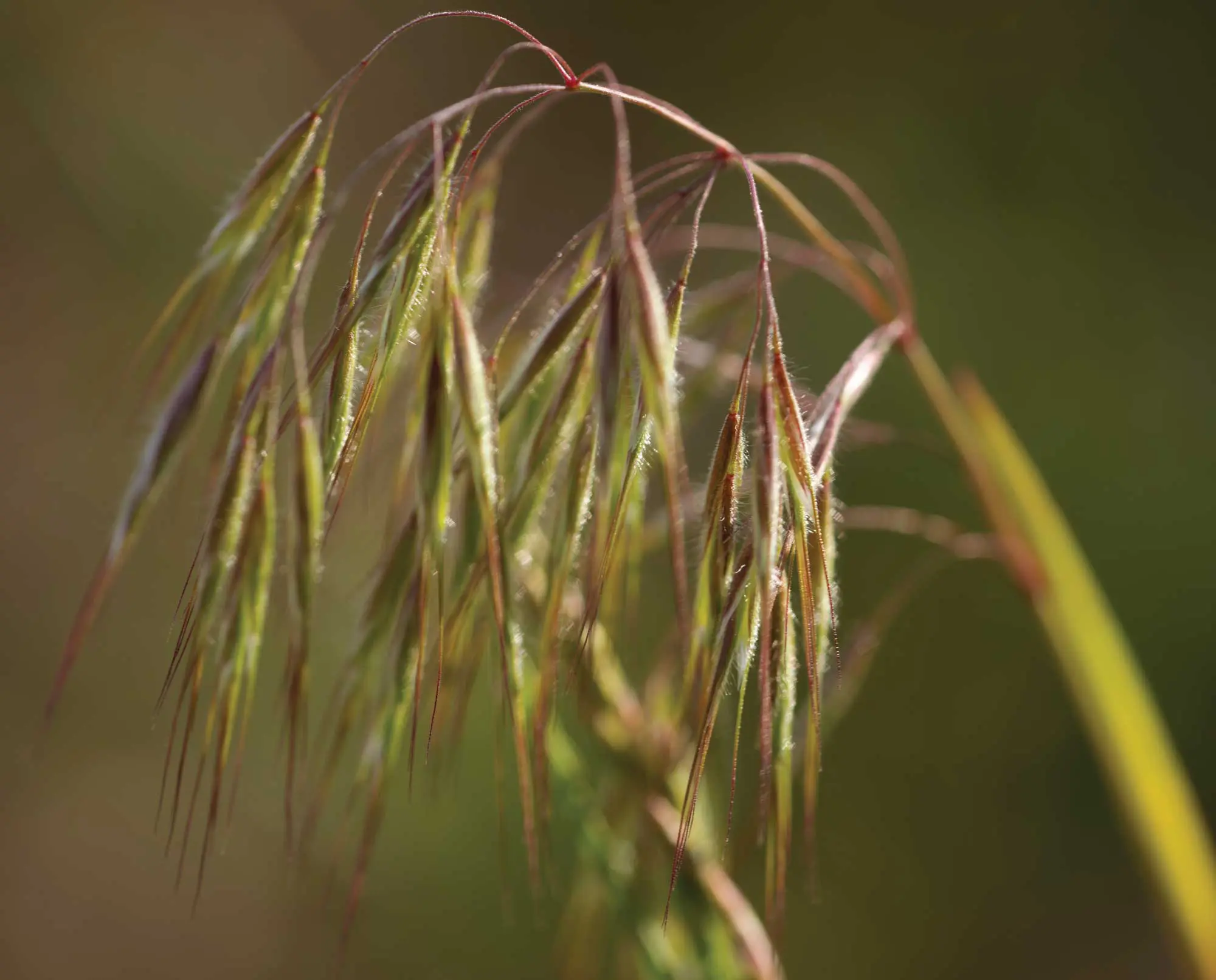

Landscaping Ideas
What Is Cheat Grass
Modified: April 1, 2024
Discover how cheat grass can impact your landscaping ideas and learn effective strategies to manage it. Explore tips and solutions for dealing with this invasive species.
(Many of the links in this article redirect to a specific reviewed product. Your purchase of these products through affiliate links helps to generate commission for Storables.com, at no extra cost. Learn more)
**
Introduction
**
Cheatgrass, also known as downy brome or Bromus tectorum, is an invasive annual grass that has become a pervasive and problematic presence in many landscapes. Its impact on ecosystems, agricultural lands, and wildfire dynamics has made it a subject of concern for land managers, ecologists, and conservationists. Understanding the characteristics, distribution, ecological impact, and management strategies related to cheatgrass is crucial for mitigating its detrimental effects and preserving the health of natural habitats. In this article, we will delve into the various aspects of cheatgrass, shedding light on its traits, ecological implications, and methods for effective control. By gaining insight into the nature of cheatgrass and its ecological ramifications, we can work towards implementing sustainable solutions to address its proliferation and safeguard the biodiversity of our ecosystems.
Key Takeaways:
- Cheatgrass, an invasive annual grass, alters ecosystems and increases wildfire risk. Understanding its traits and implementing targeted management strategies is crucial for preserving natural habitats and biodiversity.
- Controlling cheatgrass requires proactive measures, ecological restoration, and community engagement. By prioritizing prevention and integrated management, we can mitigate its impact and restore native ecosystems.
Read more: What Is Lemongrass For
Characteristics of Cheat Grass
Cheatgrass is an annual grass species that typically germinates in the fall, overwinters as a seedling, and completes its life cycle by producing seeds and dying in late spring or early summer. Understanding the physical and ecological traits of cheatgrass is essential for recognizing and effectively managing its presence.
- Appearance: Cheatgrass typically grows to a height of 10-20 inches, with slender stems and narrow leaves. Its characteristic reddish or purplish hue distinguishes it from surrounding vegetation, especially during the early stages of growth.
- Reproductive Cycle: The rapid maturation and prolific seed production of cheatgrass contribute to its invasive nature. It outcompetes native vegetation by quickly dispersing seeds and establishing dense stands, altering the ecological dynamics of affected areas.
- Adaptability: Cheatgrass thrives in a variety of soil types and environmental conditions, displaying remarkable adaptability and resilience. Its ability to exploit disturbed habitats, such as those affected by wildfires or human activities, further exacerbates its spread.
- Fire Hazard: One of the most concerning characteristics of cheatgrass is its propensity to create highly flammable fuel loads. This significantly elevates the risk of wildfires, especially in regions where cheatgrass has displaced native plant communities.
By recognizing these defining characteristics, land managers and conservationists can develop targeted strategies to mitigate the impact of cheatgrass and restore the ecological balance of affected landscapes.
Distribution and Habitat
The distribution of cheatgrass spans a wide range of ecosystems, posing a significant challenge to the preservation of native flora and fauna. Originally introduced to North America from Eurasia, cheatgrass has proliferated across diverse habitats, altering the ecological dynamics of various regions.
- Geographical Range: Cheatgrass is prevalent in western North America, particularly in the Intermountain West and Great Basin regions. Its presence extends from arid deserts to montane forests, showcasing its adaptability to different climatic and topographic conditions.
- Invasive Potential: The invasive nature of cheatgrass is evident in its ability to outcompete native species and dominate landscapes, leading to a decline in biodiversity and ecological resilience. Its rapid spread and establishment in disturbed areas contribute to its pervasive presence across diverse habitats.
- Human-Modified Landscapes: Cheatgrass thrives in landscapes affected by human activities, such as agriculture, urban development, and transportation corridors. Its capacity to exploit anthropogenically disturbed environments underscores the need for proactive management and restoration efforts.
- Wildfire-Prone Regions: The association between cheatgrass and wildfires is a critical aspect of its habitat dynamics. It often colonizes areas following fire events, creating dense fuel loads that elevate the risk of recurrent wildfires, perpetuating a cycle of ecological disruption.
Understanding the distribution and habitat preferences of cheatgrass is pivotal for implementing targeted conservation measures and restoring the ecological integrity of affected landscapes. By addressing the factors contributing to its proliferation, stakeholders can work towards mitigating its impact and preserving the natural heritage of diverse ecosystems.
Cheat grass, also known as downy brome, is an invasive grass that can outcompete native plants. It dries out quickly and can increase the risk of wildfires. Be aware of its presence and take steps to control it to protect the environment.
Ecological Impact
The ecological impact of cheatgrass extends beyond its physical presence, encompassing a range of repercussions that affect native biodiversity, ecosystem dynamics, and wildfire regimes. By comprehensively assessing its ecological implications, we can develop informed strategies to mitigate its detrimental effects and restore the resilience of affected habitats.
- Biodiversity Loss: The aggressive colonization of cheatgrass often results in the displacement of native plant species, leading to a decline in biodiversity and ecological complexity. This can have cascading effects on wildlife populations and ecosystem functions, altering the balance of natural communities.
- Altered Fire Regimes: Cheatgrass significantly influences fire dynamics in affected landscapes. Its highly flammable nature and capacity to form continuous fuel beds contribute to the increased frequency and intensity of wildfires, perpetuating a cycle of ecological disturbance and hindering ecosystem recovery.
- Erosion and Soil Degradation: The establishment of dense cheatgrass stands can exacerbate soil erosion and degradation, impacting the stability of landscapes and compromising the productivity of agricultural and natural areas. This further amplifies the ecological and economic ramifications of its presence.
- Disrupted Ecological Processes: The pervasive spread of cheatgrass can disrupt fundamental ecological processes, such as nutrient cycling, water dynamics, and succession patterns. These disruptions can compromise the resilience of ecosystems and impede the natural recovery of disturbed areas.
By recognizing the multifaceted ecological impact of cheatgrass, conservationists, land managers, and policymakers can prioritize targeted interventions that address its ramifications on biodiversity, wildfire regimes, soil health, and ecological processes. Implementing proactive measures to restore and protect native ecosystems is essential for mitigating the long-term ecological consequences of cheatgrass invasion.
Control and Management
Effectively controlling and managing cheatgrass requires a multifaceted approach that integrates ecological restoration, proactive land stewardship, and innovative management strategies. By employing a combination of techniques tailored to specific landscapes, stakeholders can work towards mitigating the impact of cheatgrass and fostering the recovery of native ecosystems.
- Preventive Measures: Implementing proactive measures to minimize the spread of cheatgrass is crucial for preventing its establishment in new areas. This includes promoting landscape resilience, minimizing soil disturbance, and employing land-use practices that reduce the susceptibility of habitats to invasion.
- Ecological Restoration: Restoring native vegetation and ecosystem processes is fundamental to mitigating the impact of cheatgrass. Ecological restoration efforts aim to enhance the resilience of landscapes, promote biodiversity, and reduce the susceptibility of habitats to invasive species through targeted re-vegetation and habitat enhancement initiatives.
- Integrated Management Approaches: Integrated management strategies encompass a range of techniques, such as targeted herbicide application, biological control methods, and mechanical removal, tailored to the specific characteristics of affected landscapes. These approaches aim to reduce cheatgrass abundance and create opportunities for the re-establishment of native plant communities.
- Community Engagement: Engaging local communities, landowners, and stakeholders in the management of cheatgrass is essential for fostering collaborative approaches to conservation. Building awareness, providing educational resources, and promoting stewardship initiatives can empower individuals and organizations to contribute to the sustainable management of affected landscapes.
By integrating preventive measures, ecological restoration, and community engagement into comprehensive management strategies, stakeholders can address the pervasive impact of cheatgrass while fostering the resilience and ecological integrity of diverse landscapes. Emphasizing adaptive management and knowledge exchange is essential for refining and implementing effective control measures tailored to the dynamic nature of cheatgrass invasion.
Read more: What Is Wheatgrass For
Conclusion
Cheatgrass, with its invasive nature and profound ecological impact, poses a significant challenge to the preservation of diverse ecosystems. Its rapid spread, alteration of fire regimes, and displacement of native vegetation underscore the urgency of implementing effective control and management strategies. By understanding the characteristics, distribution, and ecological implications of cheatgrass, stakeholders can develop targeted approaches to mitigate its detrimental effects and restore the ecological balance of affected landscapes.
Addressing the multifaceted challenges posed by cheatgrass requires a collaborative and adaptive approach that integrates ecological restoration, proactive land stewardship, and community engagement. By prioritizing preventive measures, promoting landscape resilience, and employing integrated management strategies, we can work towards mitigating the impact of cheatgrass and fostering the recovery of native ecosystems. Engaging local communities and building awareness about the ecological consequences of cheatgrass invasion are pivotal for fostering a shared commitment to conservation and sustainable land management.
As we navigate the complexities of cheatgrass invasion, it is essential to recognize the interconnectedness of ecological processes and the significance of preserving biodiversity and ecosystem resilience. By embracing innovative solutions, adaptive management, and a collective dedication to conservation, we can strive towards mitigating the ecological impact of cheatgrass and preserving the natural heritage of diverse landscapes for future generations.
Frequently Asked Questions about What Is Cheat Grass
Was this page helpful?
At Storables.com, we guarantee accurate and reliable information. Our content, validated by Expert Board Contributors, is crafted following stringent Editorial Policies. We're committed to providing you with well-researched, expert-backed insights for all your informational needs.
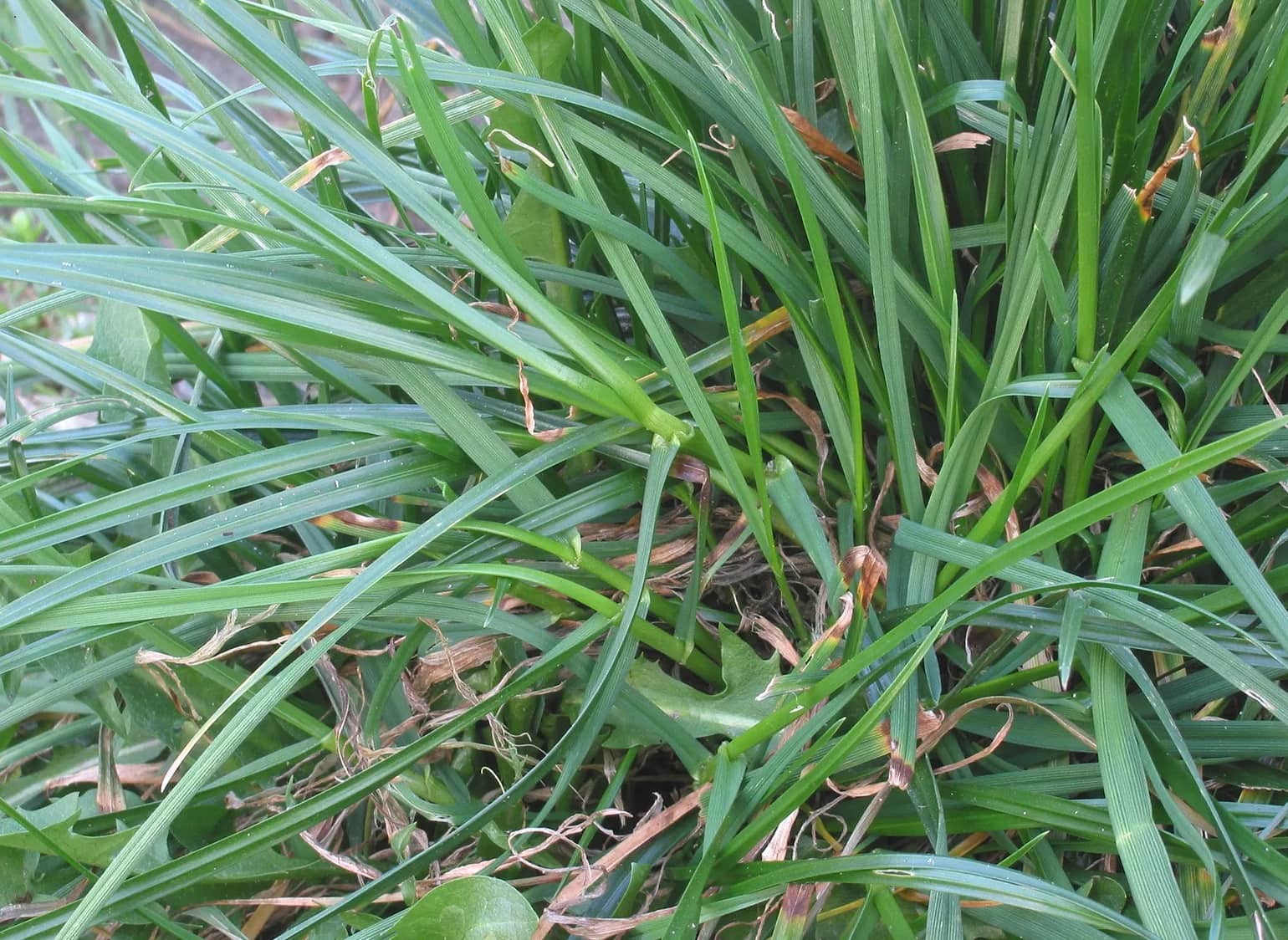
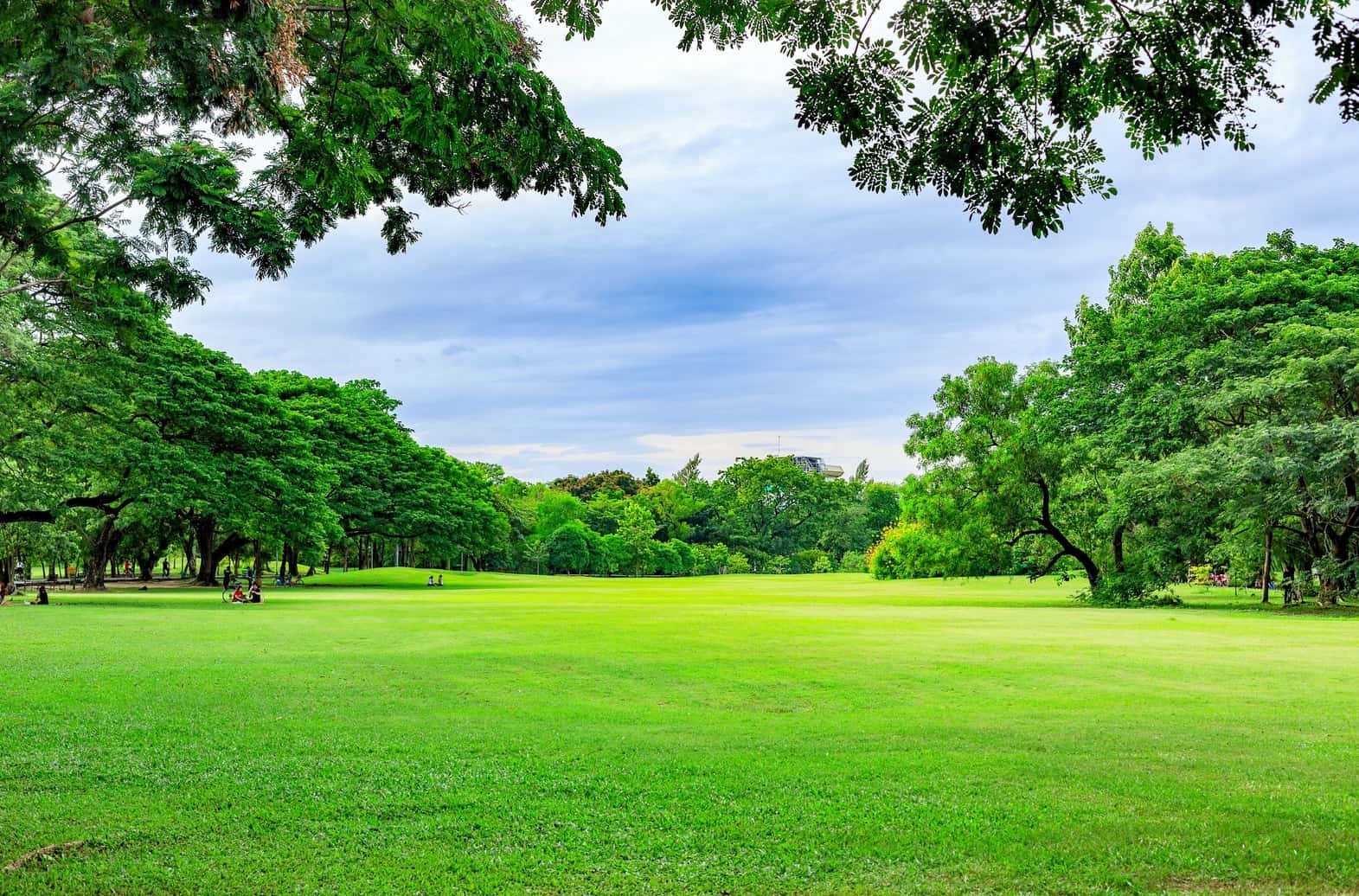
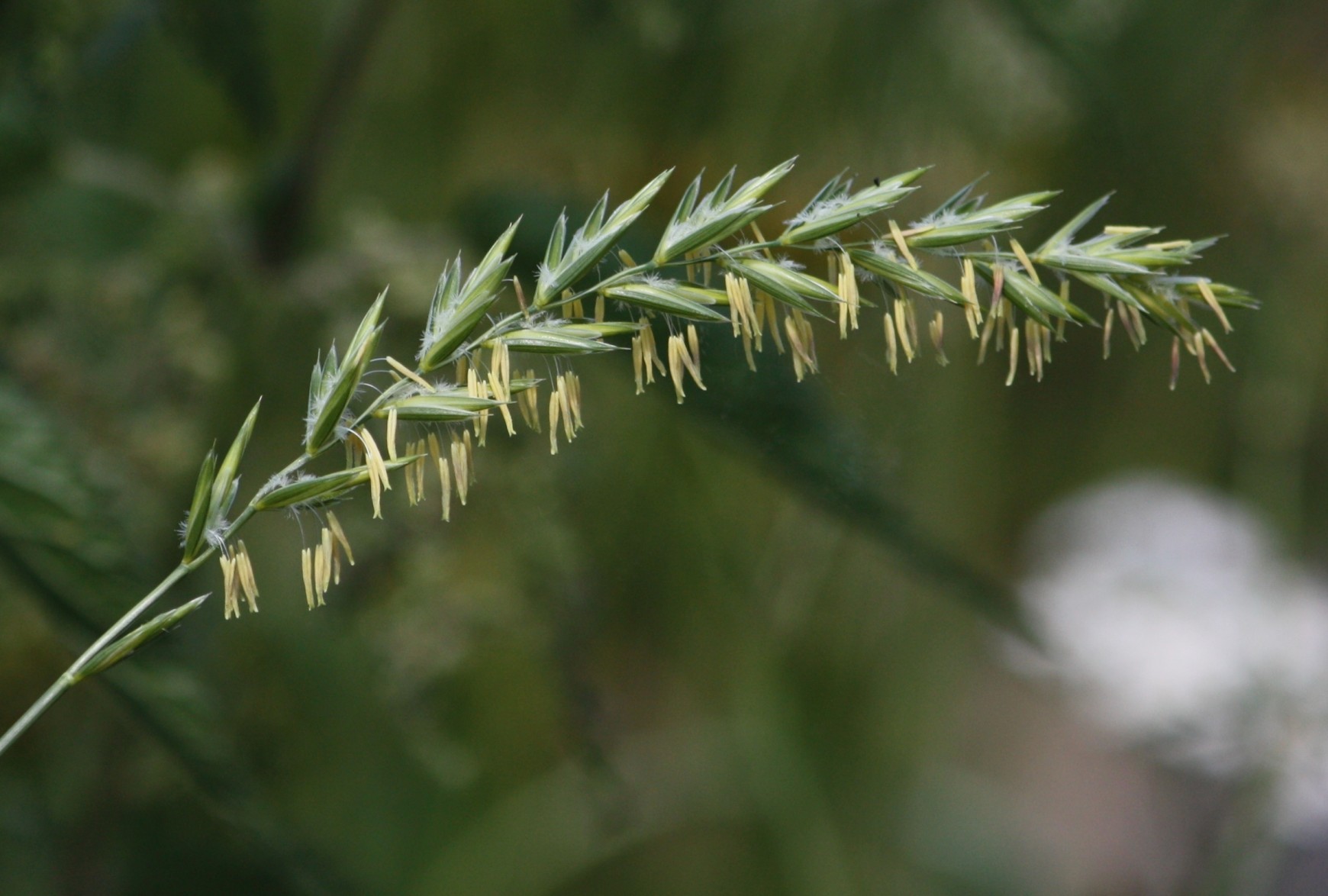
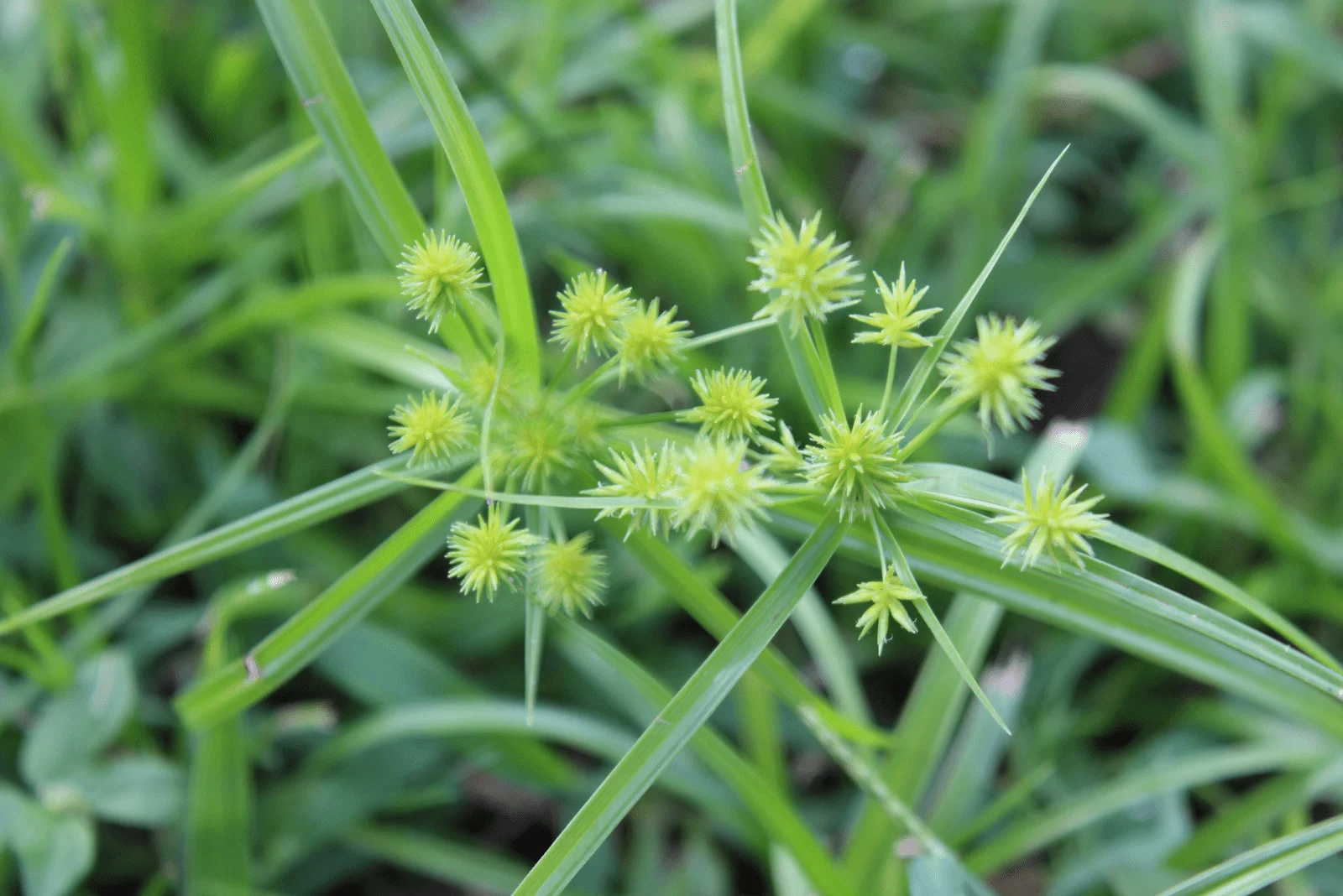
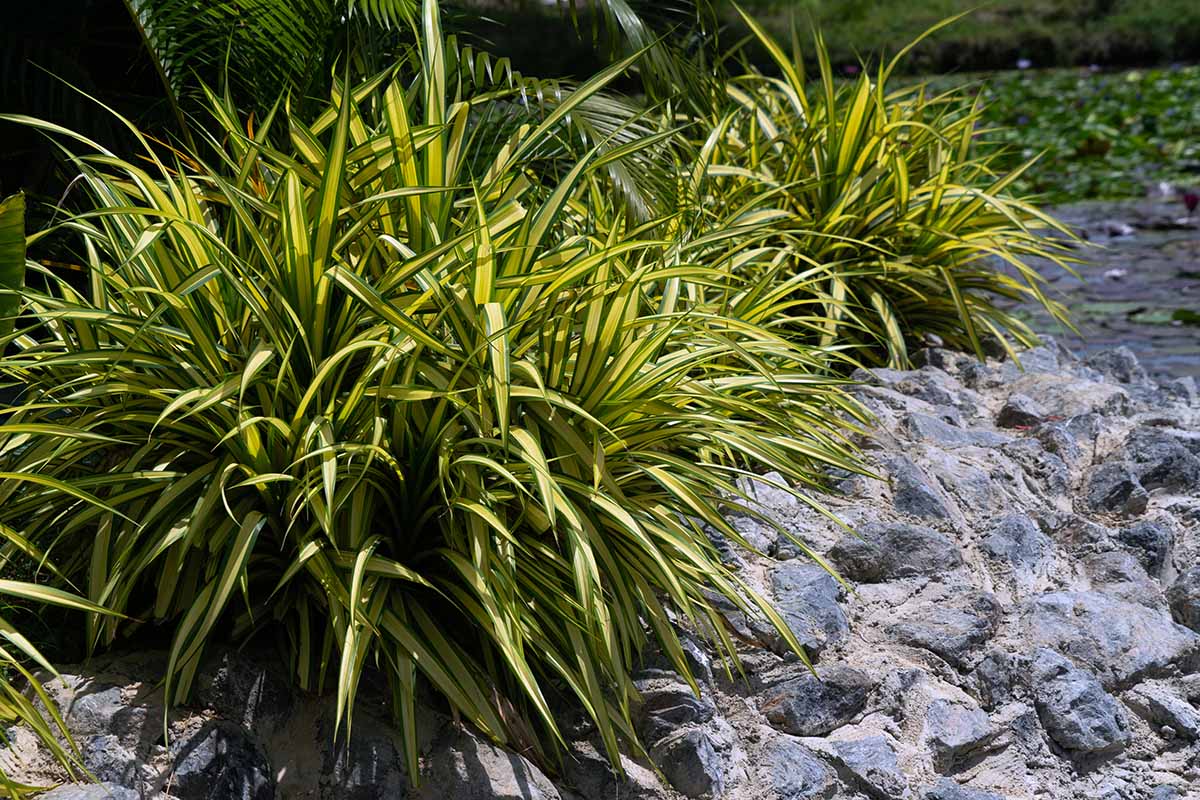
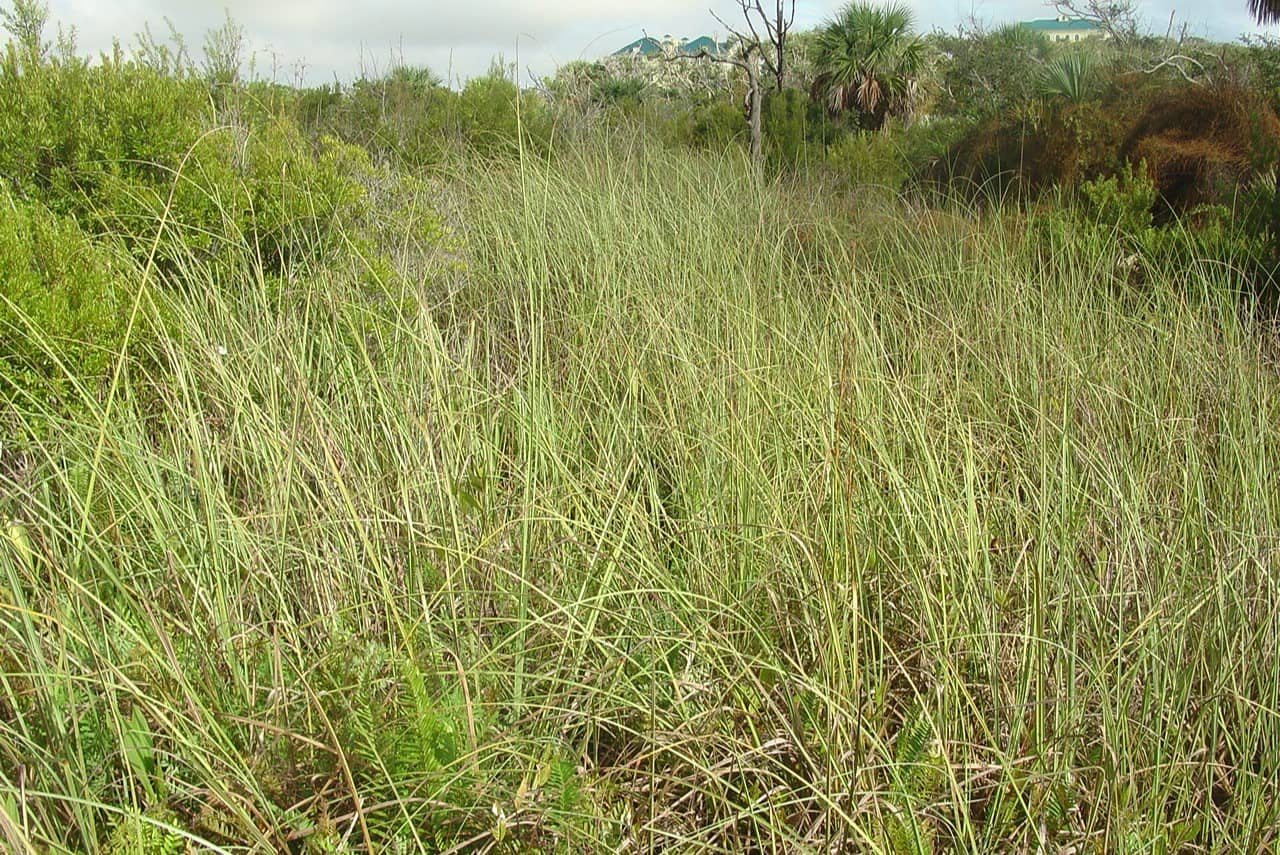
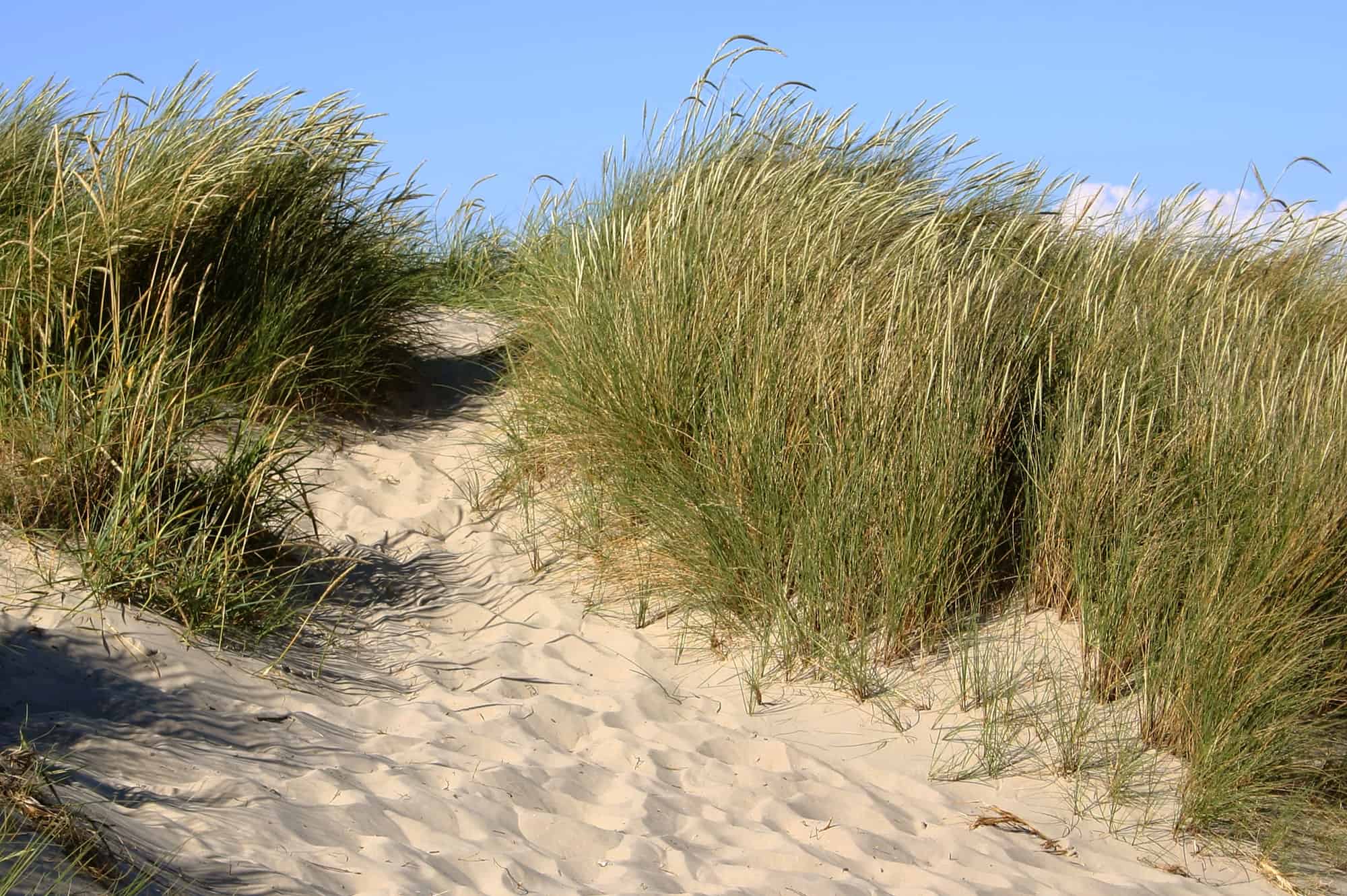
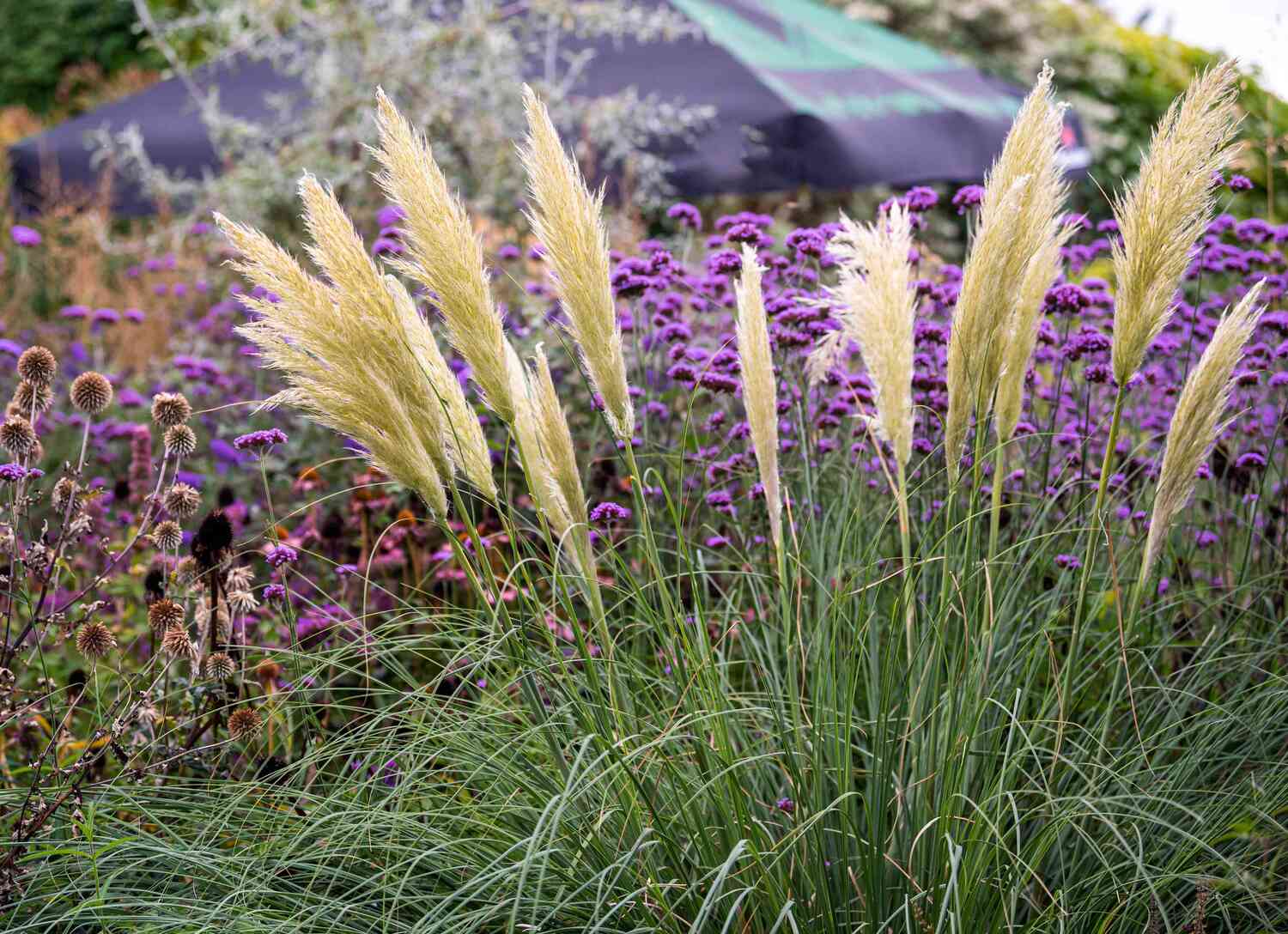
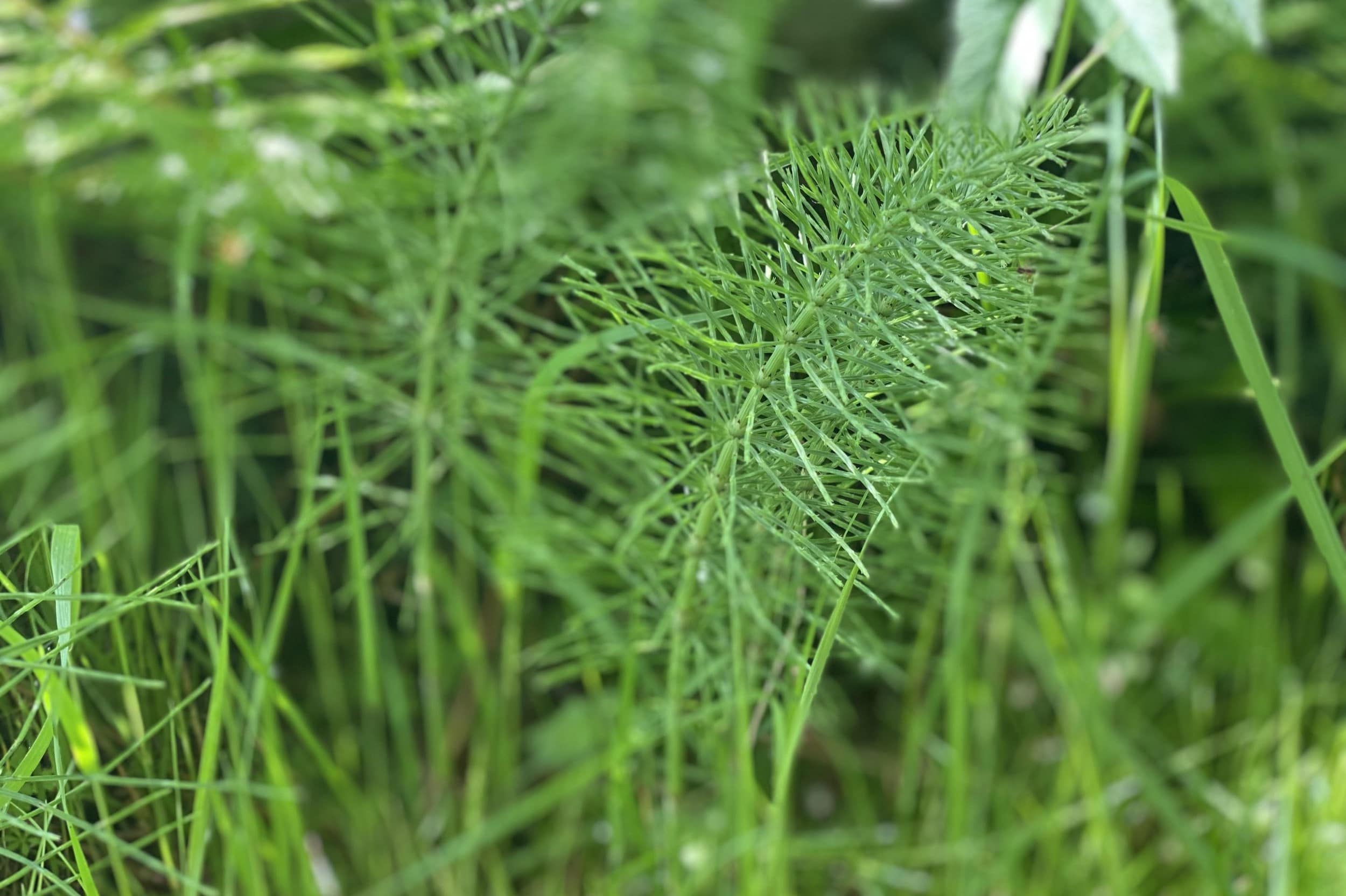
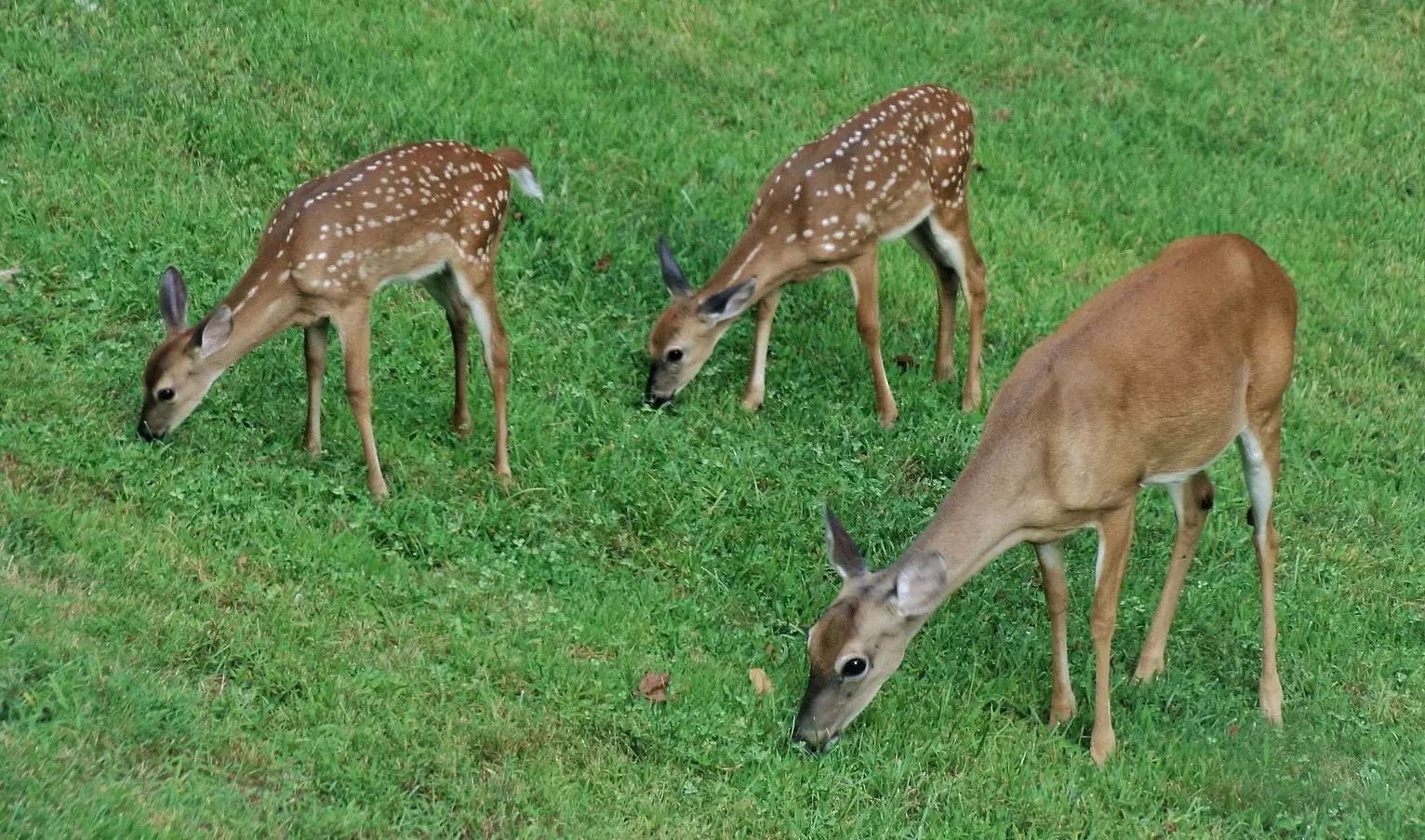
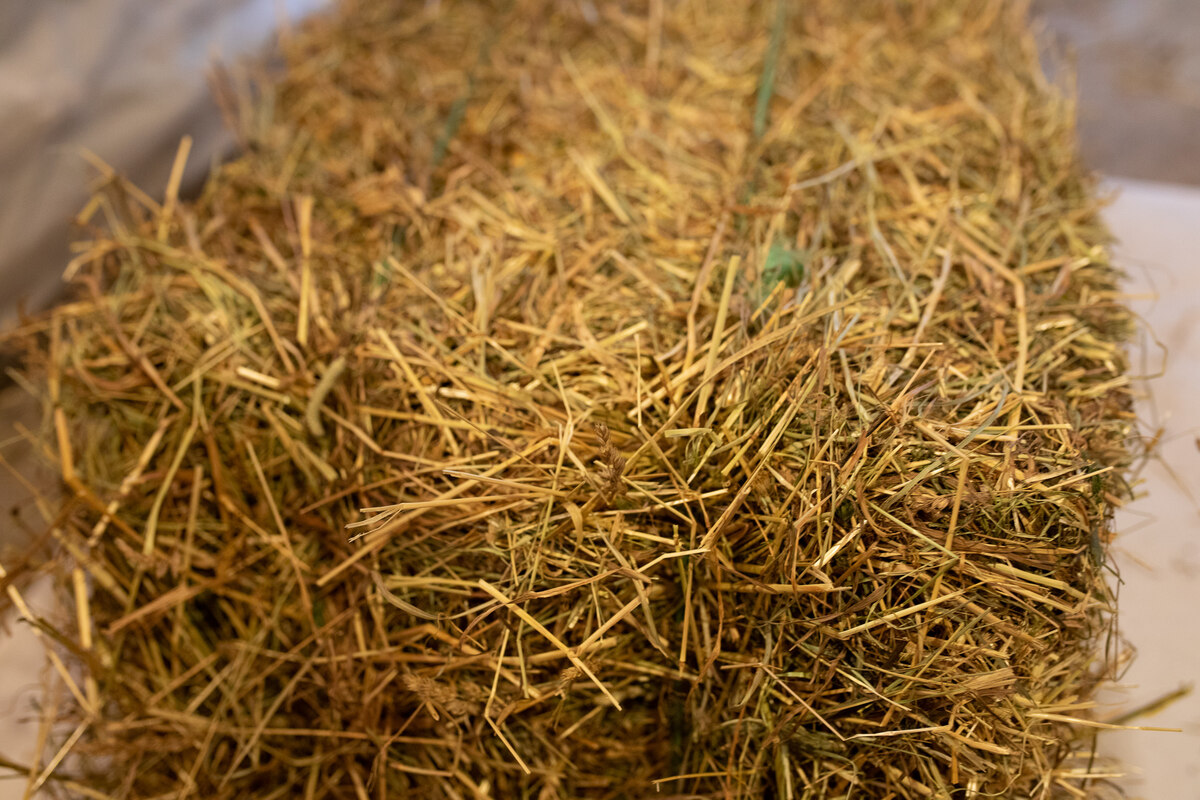
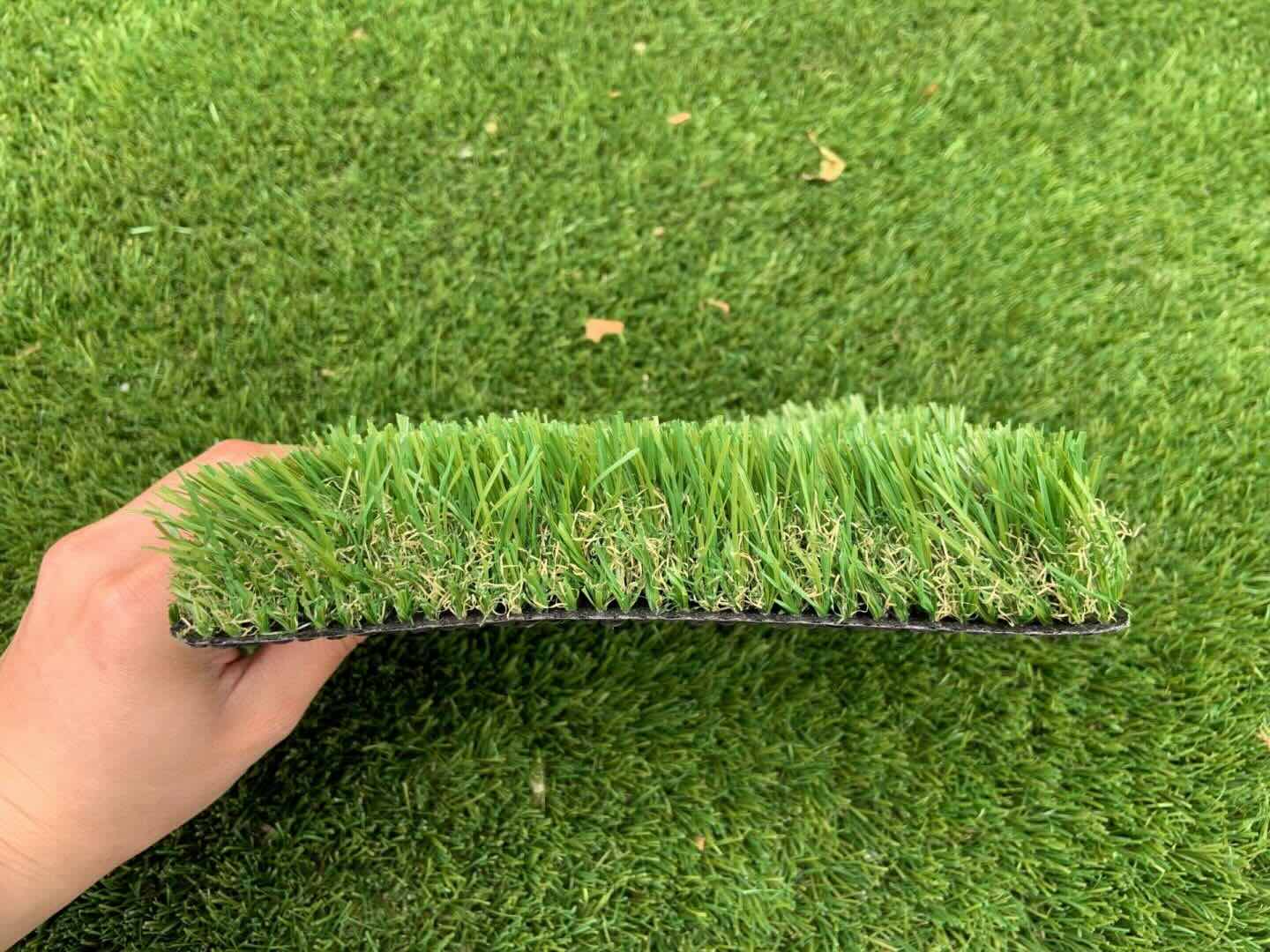
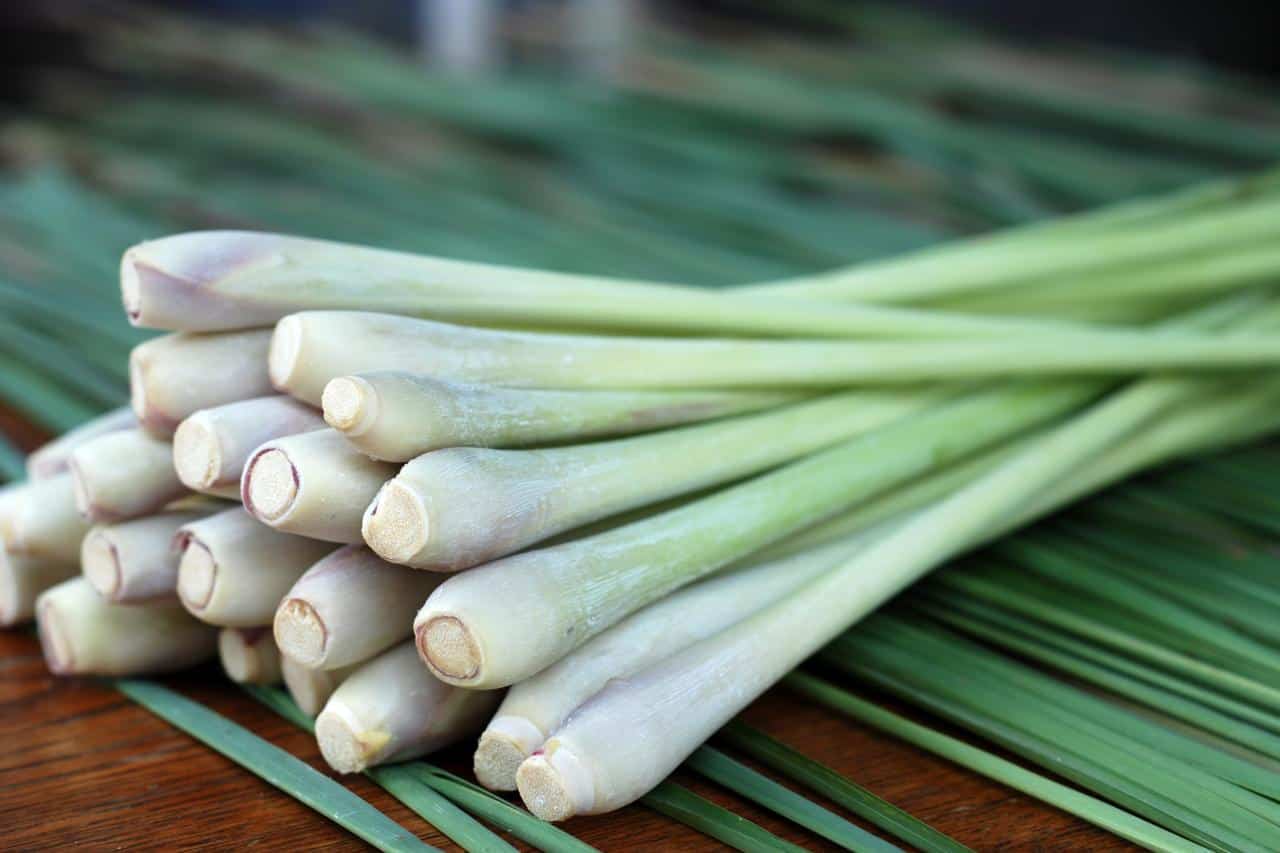
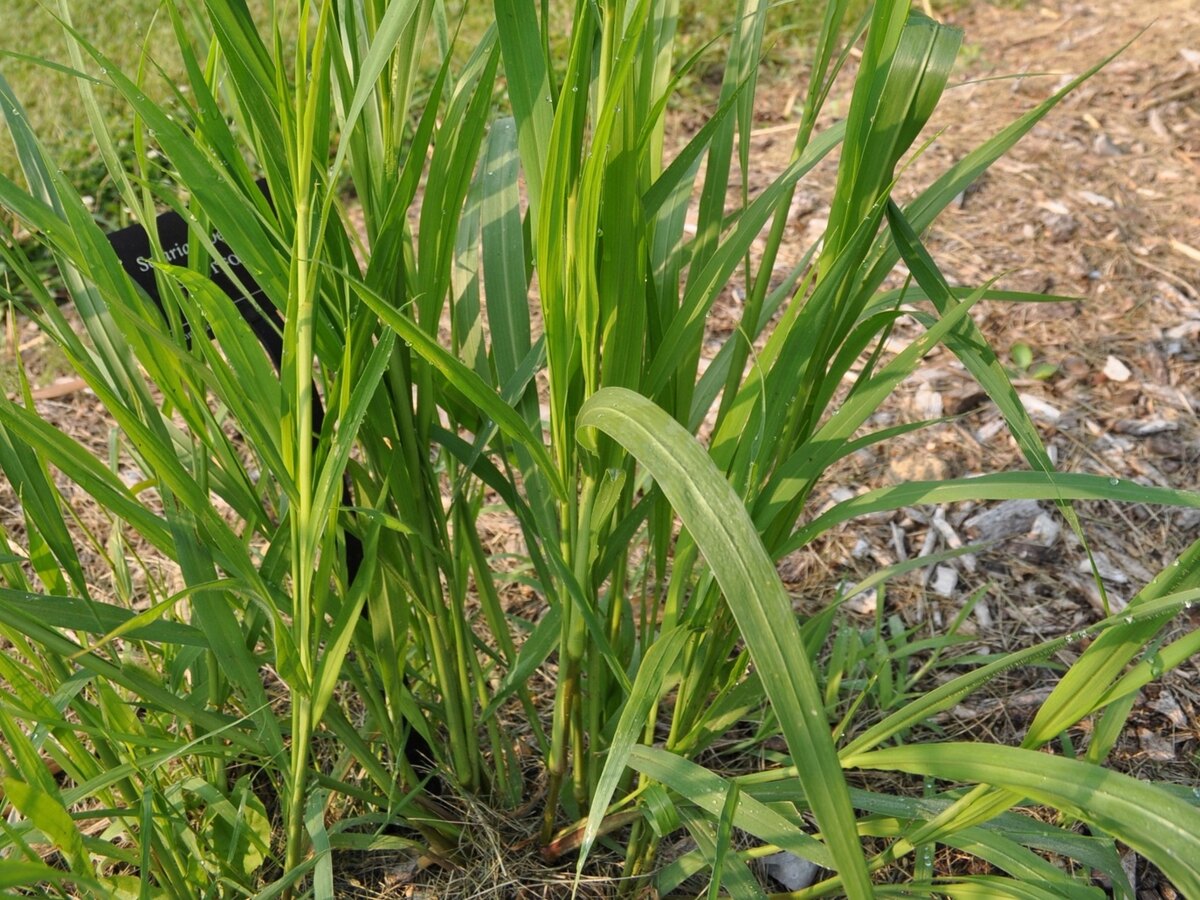

0 thoughts on “What Is Cheat Grass”